(62 products available)

















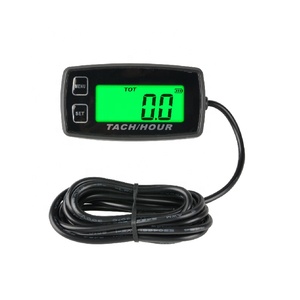
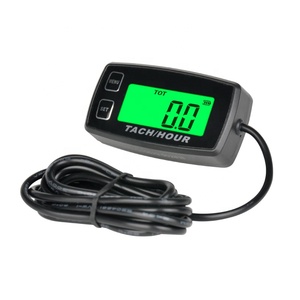
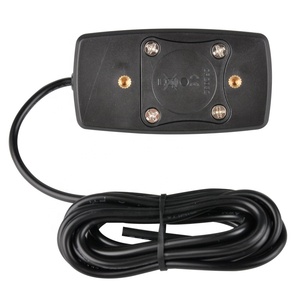
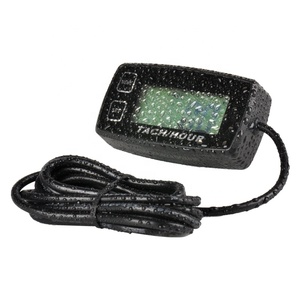
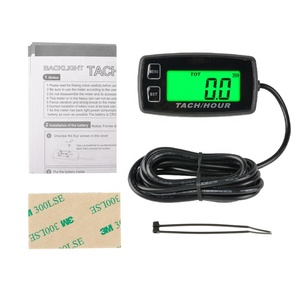
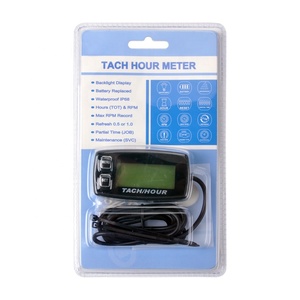

































































































































































































The motorcycle air fuel ratio gauge comes in different forms, each with unique features. They include:
The specifications of the motorcycle air fuel ratio gauge can have a significant impact on its performance and usability. Here are some of the key specifications to consider:
Display
The display of the air-fuel ratio gauge is crucial for readability. It should be large enough to be seen at a glance, even while riding. The display color should also be considered, as some riders prefer a gauge that is easy to read in various lighting conditions. Additionally, a backlit display can improve visibility at night or in low-light environments.
Measurement Range
The measurement range of the air-fuel ratio gauge determines its ability to monitor different fuel mixture conditions. A wider measurement range allows for more precise monitoring of both lean and rich fuel mixtures. This ensures that the engine receives an optimal fuel mixture under various riding conditions, improving performance and fuel efficiency.
Data Logging
Some advanced air-fuel ratio gauges have data logging capabilities. This allows riders to record and analyze their air-fuel ratio over time. Data logging can be useful for tuning purposes or for monitoring changes in fuel mixture with different modifications or under different environmental conditions.
Calibration
Calibration is an important aspect of maintaining accuracy in the air-fuel ratio gauge. Some gauges come pre-calibrated, while others require manual calibration. Manually calibrated gauges may offer more customization options, but they also require regular maintenance and adjustment to ensure accuracy.
Maintaining the motorcycle air-fuel ratio gauge is essential to ensure its reliability and accuracy. Here are some general maintenance tips:
Choosing the right motoair fuel ratio gauge can be challenging, considering the various options available. There are several factors to take into account. These include;
Display Type and Size
One should consider the display type and size when choosing a motorcycle air fuel ratio gauge. There are different display sizes and types available, such as LED and LCD. This makes it easy to find one that suits specific needs and preferences. A larger display offers better visibility, especially for those riding at high speeds. On the other hand, a smaller display may be distracting for the rider.
Gauge Size
Gauge size is an important consideration when choosing a motorcycle air fuel ratio gauge. The gauge should fit into the available space on the dashboard. However, a smaller gauge size may make it difficult to see and read from a distance.
Data Logging
Data logging is another important feature to consider when choosing a motorcycle air fuel ratio gauge. This feature allows the rider to analyze past performance and collect data for tuning. It also helps in troubleshooting problems that may arise.
The Sampling Rate
When choosing an air-fuel ratio gauge, the sampling rate is an important aspect to consider. A high sampling rate offers real-time data updates and better accuracy. This helps the rider make instant adjustments when needed. On the other hand, a lower sampling rate may result in delayed readings and less precision.
Ruggedness and Durability
Consider the durability and ruggedness of the air-fuel ratio gauge. The gauge should be designed to withstand harsh environments and conditions. This ensures that it will last for a long time without damage. This also reduces the cost of replacement and repairs.
Backlight
Backlight is another important feature to consider when choosing a motorcycle air fuel ratio gauge. An air-fuel ratio gauge with a backlight is easy to read in low-light conditions. This improves visibility and convenience, especially when riding at night or in areas with low light.
Below are the steps to replace a motorcycle air fuel ratio gauge:
Turn off the power
To start, shut off the power to the gauge that is being replaced. This step will stop the current flow and reduce the risk of electric shock.
Remove the old gauge
Next, remove the mounting hardware and take out the old gauge carefully. After that, disconnect the wires and note their original locations for reconnection.
Connect the new gauge
Then, connect the new gauge's wires in accordance with the manufacturer's instructions. This step is important because it ensures that the readings are accurate and the gauge functions properly.
Install the new gauge
After connecting the wires, mount the new gauge and secure it with the appropriate hardware. Ensure the gauge is positioned for easy visibility while riding.
Check the readings
Finally, turn the power on and check the new gauge's readings. If the readings are off, double-check the connections and correct any discrepancies.
Q1: What is a good air-fuel ratio for fuel efficiency?
A1: The ideal air-fuel ratio for most gasoline engines is around 14.7 parts air to 1 part fuel. This balance allows for complete combustion, maximizing fuel efficiency. However, factors like engine load, speed, and type can influence the optimal ratio.
Q2: How does a fuel air ratio gauge work?
A2: A fuel air ratio gauge monitors the composition of the exhaust gases. It measures the relative amounts of oxygen and unburned fuel, indicating whether the engine runs too lean (more air) or too rich (more fuel).
Q3: Can one install a motorcycle air-fuel ratio gauge without prior experience?
A3: While it's possible to install a gauge with basic mechanical skills, following the manufacturer's instructions is important. Many tutorial videos are available, making the process easier. Alternatively, a professional mechanic can install the gauge.
Q4: How often should the air-fuel ratio be checked?
A4: It's advisable to monitor the air-fuel ratio regularly, especially during modifications, tuning changes, or when experiencing performance issues. Frequent checks ensure optimal engine performance and emissions control.
Q5: Can one use a motorcycle air-fuel ratio gauge on other vehicles?
A5: While designed for motorcycles, some gauges can be adapted for use in other small, controlled combustion engine vehicles. It's essential to check compatibility and specifications before using them in different vehicles.